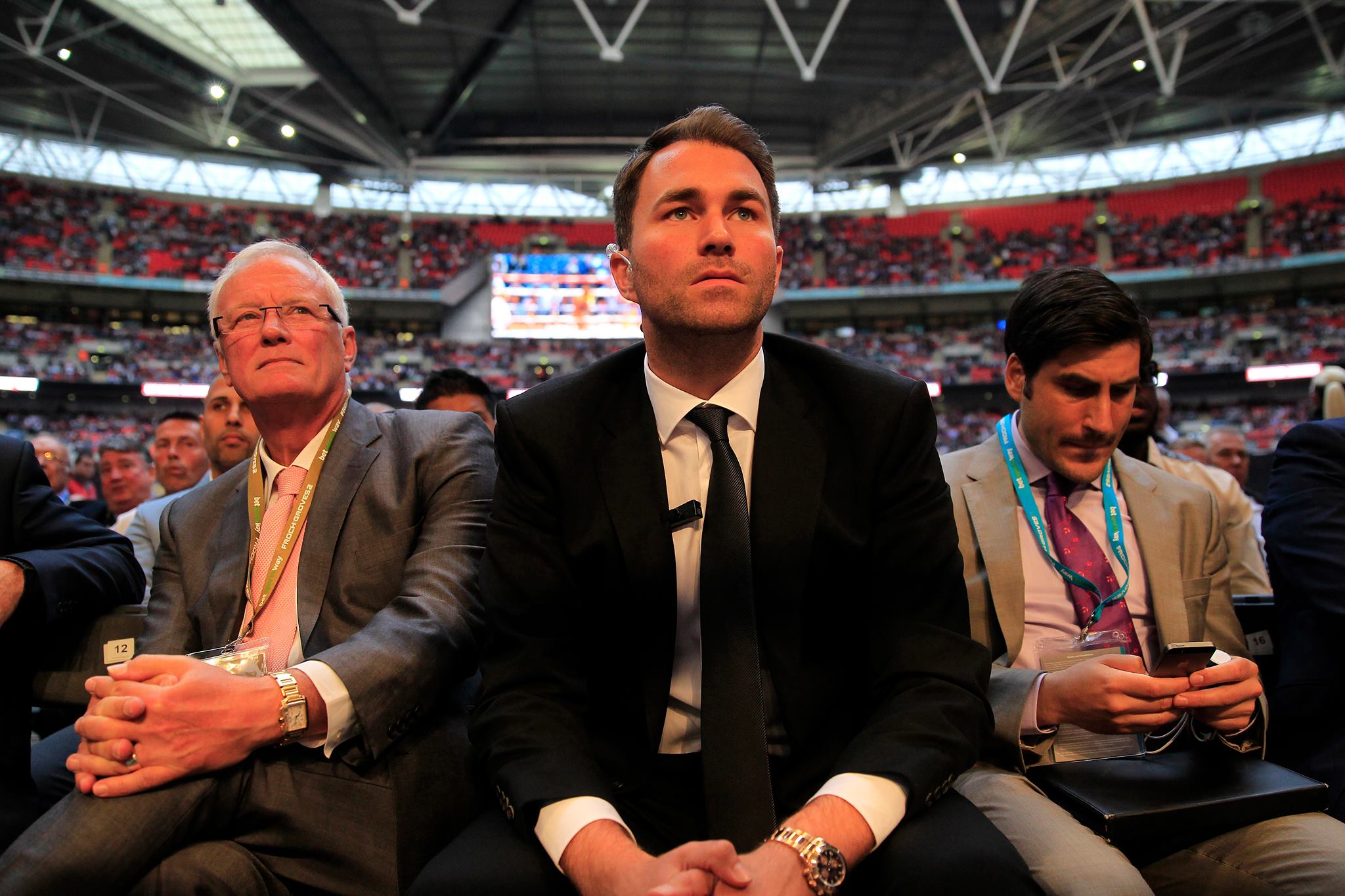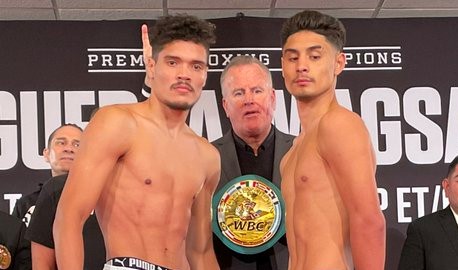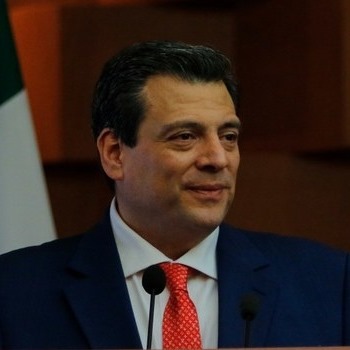By: Kirk Jackson
Well we did not witness the “Drama Show” many fans expected this weekend, with the higly anticipated bout featuring the long reigning alphabet middleweight champion Gennady “Triple G” Golovkin and the Lineal champion Saul “Canelo” Alvarez.

Photo Credit: USA Today
It’s time to sort out the drama unfolding over the weekend between “Triple G” and “Canelo,” in what was a highly competitive bout, in bid for middleweight supremacy.
Check this body shot, then look at GGG's right hand, how he covers his body with it after the punch. Hurt?
And nice right hand by GGG! pic.twitter.com/DhyBY1uVgq— Miguel (@YDKSAB_) September 19, 2017
The result of the fight left many fans angry; many of course questioning the legitimacy of the bout, along with the authenticity of one of the judges, Adalaide Byrd.
The fight was scored as a majority draw.
Long time judge Byrd scored the bout 118-110 in favor of Alvarez. For those unfamiliar with how the scoring/point system for boxing works, that’s ten rounds to two in favor of Alvarez.
The other judges scored the bout 114-114 (draw) and 115-113 in favor of Golovkin respectively.
Official scorecard from tonight pic.twitter.com/qKJ9PG2Ka5
— Chris Mannix (@ChrisMannixYS) September 17, 2017
Contrary to distain from fans; an outcry of criticism from boxing pundits such as ESPN’s Teddy Atlas, the overall decision may not be a bad result.
Observers see the overall punch stats from CompuBox and may draw a conclusion as to how the fight unfolded.
CompuBox is the name of a computerized scoring system run by two operators; essentially created for use in professional boxing matches, serving as a statistical aid for observers at home watching the fights.
Concerns revolving around the accuracy of CompuBox numbers are a long-standing issue. What they claim to do (precisely tally punches thrown and landed from each fighter) is nearly impossible in real time.
CompuBox is essentially two guys hitting a button when they think a punch landed and hitting a button when they think a punch was thrown.
In theory the tabulation of punches itself is inaccurate with so many variations of punches that can be thrown. Does CompuBox tell the distinction between jabs for example?
Jabs can be utilized as a pitty-pat distraction or be used to set up a follow up power punch, or can be used as a power jab.
How many of Golovkin’s jabs were counted as thrown and landed and could the CompuBox counters decipher the intent and type of jab from Golovkin each time he threw it?
There are some punch counts that can’t be defended in any way when you analyze the actual round and it should not be utilized when scoring a round.
Many fans, seemingly of the Mexican contingent, are upset because Alvarez showcased movement throughout the fight instead of fighting the entire fight toe-to-toe.
Question is should a fighter be penalized because he decides to move? Should a fighter not utilize their strengths because it may not be appeasing to the common viewer?
When analyzing the fight, as the viewer, we must identify which were the definitive rounds we could score for each fighter and which are the debatable rounds up for interpretation.
Scoring criteria is also subjective. Each individual viewer has their style of preference in what they look for from a fighter and there’s different metrics regarding how a round is scored.
Effective Aggression: Being the aggressor may leave an impression of dominance, but the aggressor must actually “land” punches and avoid counter-punches in return, in order to truly be “effective.” Just chasing the opponent is not effective aggression.
Taking a back step doesn’t necessarily mean the fighter is fighting purely on the defensive; they can be setting up a trap in the form of a vicious counter-punch.
In the case of Golovkin vs. Alvarez, the Mexican warrior set up many counter-punches throughout the night.
Ring Generalship: The fighter controlling the pace of the fight. The fighter enforces his/her will and is the conductor of the action. Setting the range (short distance, mid-range, long distance), establishing the distance in which the fight takes place, which can include clinching/in-fighting.
Golovkin steamed forward consistently around the middle rounds; initially beginning in round four. Although it looked as though Alvarez purposely lead Golovkin to the ropes as HBO boxing analyst Roy Jones suggested.
Golovkin’s presence of pressure affecting Alvarez was more noticeable in the middle rounds of the fight as Golovkin effectively cut off the ring; but towards the championship rounds Alvarez eluded Golovkin’s punches yet again.
Defense: How well a boxer is blocking, parrying and slipping punches. Clinching/tying up the opponent, moving around the ring, moving from side to side, presenting different angles is considered defense.
It’s not running; there is nothing stated within the rules of boxing suggesting a boxer must only step forward throwing punches. It’s important to keep in mind good defense is just as important as offense and in many cases solid defense instantly transitions into solid offense via counter-punching.
#GodNelo
Beautiful uppercut, then Nelo takes a step to the left and leaves GGG throwing a combo at the ropes. That's called "running"? pic.twitter.com/vM3TNvQZsK— Miguel (@YDKSAB_) September 18, 2017
Clean/Effective Punches: To the untrained eye, it can appear as if a boxer is landing a lot of punches, when in fact, most are either blocked, not landing flush or grazing punches. A judge or observer needs to look for hard punches that land clean.
Hard punches can definitely constitute as effective, but a boxer should not be penalized if he/she is not a powerful puncher; again, it’s about clean, landed punches.
Interesting clip here, Canelo stays on the ropes not because he was forced to do so, but because he wanted!
(4th round)#Canelo pic.twitter.com/MtqdddxJWY— Miguel (@YDKSAB_) September 18, 2017
Although Golovkin held the edge regarding activity and pressing forward, much of his activity in different stages of the fight was nullified by Alvarez’s defense and counter-punching.
It’s what makes the fight interesting and hard to judge.
”I thought Triple G shaded the fight,” said Kellerman to HBO. ”I thought he won by a little bit, but it was really close and it was close because Canelo is so special.”
“I think Triple G has never been on this stage before. He looked nervous early. He looked like he’d never been there before. Canelo looked relaxed. Later in the fight when Triple G came on and put the rounds in the bank and started to break down Canelo a bit, but when Canelo was told he needed to step it up and he did like a true champion and fight his way back into the fight and ultimately got a draw,” said Kellerman.
Again, the commentary from the HBO team contributed to the confusion from fans. Many casual fans tuned in to watch the fight, to experience this event.
If the narrative is biased in favor of one fighter over another, or suggests something is transpiring without mentioning the other details of what else is occurring in the fight, there’s an incomplete, one-sided story. This is in reference to Golovkin or Alvarez, or any fighter for that matter.
The goal of a commentary team should be explaining to casual fans the activity inside the ring. That’s when Jim Lampley, Max Kellerman should be turning to and relying on the expertise of Roy Jones.
Enlighten viewers regarding action between the two warriors inside the ring; educate viewers and explain the semantics of the fight.
Instead we’re subjected to the often off scorecard of former judge Harold Lederman. We’re also subjected to responses from Teddy Atlas, Stephen A. Smith; analysts with theatrical reactions – overreactions magnifying a greater focus on themselves as opposed to the actual fight and fighters.
Lost in the controversy was the actual fight itself. This was a fun fight to watch and it highlighted the strengths of each fighter, as well as exposing some of their weaknesses.
Canelo’s versatility as boxer was exemplified. Alvarez displayed the ability to counter-punch effectively, successfully fight off the ropes and fight effectively at different measures of distance – inside, mid-range and from the outside.
A highlighted weakness is Alvarez’s stamina issues; he looked visibly tired down the stretch of the fight. Alvarez appeared to take breaks and has the tendency to fight in spurts.
However, although his long-term endurance may be in question, Alvarez finished the fight strong and won the final three rounds according to many observers.
That’s up for interpretation varying on the viewer, but the question is how tired was Alvarez if he was able to win the final rounds?
Triple G’s measure of consistency was on full display for this fight. Golovkin only knows how to press forward, but there’s different ways to how he does such.
He likes to measure with his jab and find his range before launching a full-scale attack. Although missing many punches, his jab was a constant and Golovkin displayed the ability to absorb punishment as he ate numerous counter-shots throughout the night and did not appear phased by Alvarez’s attacks.
Golovkin showed an ability to make subtle adjustments in order to be more effective with his attack as he honed in on Alvarez during the middle rounds.
A weakness highlighted was the robotic movement and stiffness from Golovkin. Hand and foot speed was never a strength of his.
There appears to be many defensive liabilities as well, which isn’t a secret. Golovkin lacks head movement; the fortunate thing is he has an outstanding chin and is able to withstand hard shots.
There are two ways to beat Golovkin and as he stepped up the level of opposition in recent fights, his weaknesses are exposed a tad bit more.
Every fighter has weaknesses, but credit to Golovkin to find a way to remain undefeated and retain his championship titles.
This event wasn’t the fight of the new century, it wasn’t the fight to save boxing, nor was it the fight of the year.
Regarding attention drawn to the sport of boxing, magnitude of the fight and importance, the honor goes to Floyd Mayweather vs. Manny Pacquiao. And even to an extent Mayweather vs. Conor McGregor if not for importance, attention drawn to an event.
Although we have three more months left in the year, thus far fight of the year candidate would include Kell Brook vs. Errol Spence, James DeGale vs. Badou Jack, Andre Ward vs. Sergey Kovalev II and Wladimir Klitschko vs. Anthony Joshua. Vasyl Lomachenko is scheduled to face Guillermo Rigondeaux in a pound-for-pound showdown at the end of the year as well.
This certainly wasn’t the fight to save boxing because boxing doesn’t need saving. 2017 has been a wonderful year thus far and we still have many amazing bouts to look forward to.
Was there corruption regarding the results of this fight? That’s a stretch.
The 118-110 score of a fight shouldn’t take away from the competitive nature and element the fight produced.
Golovkin vs. Alvarez was a great fight and because of the result, we may witness another fight between the two as HBO analyst Jones suggested.
Perhaps the potential rematch may produce the “Big Drama Show” fans want to see.


















